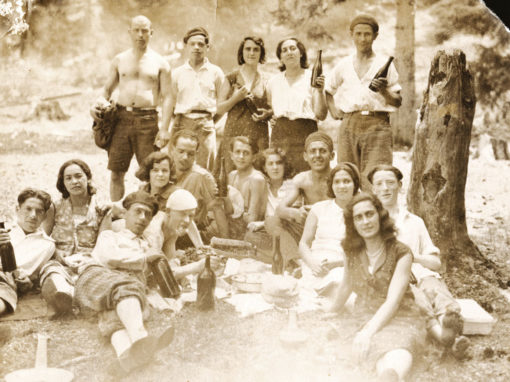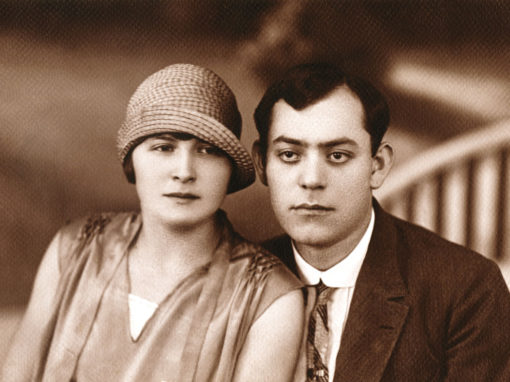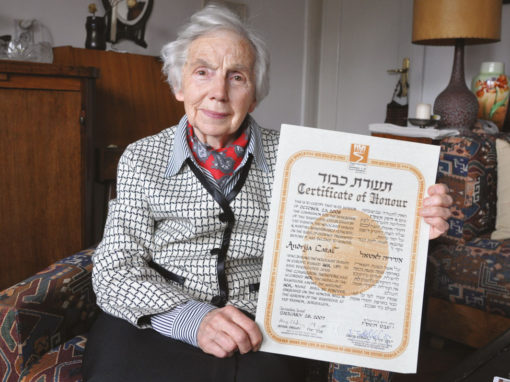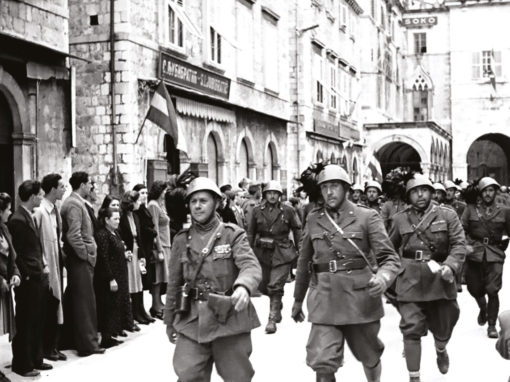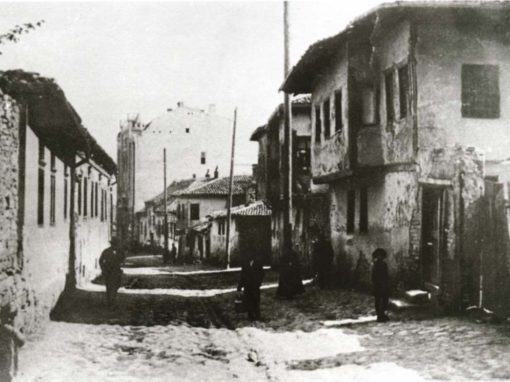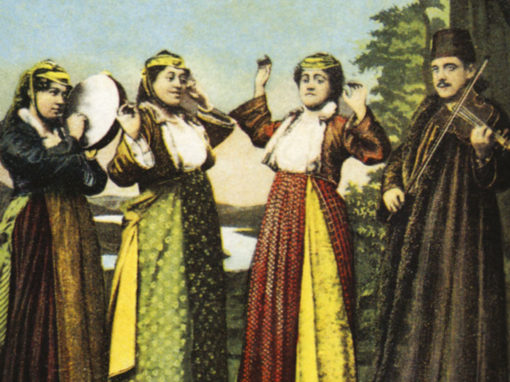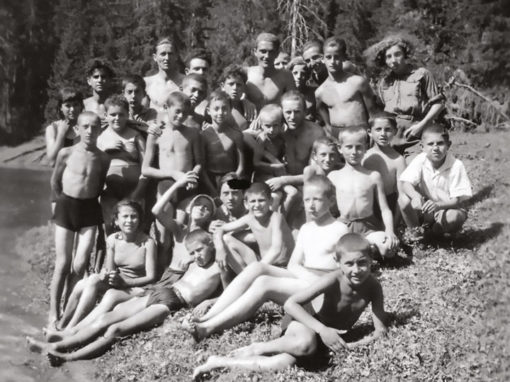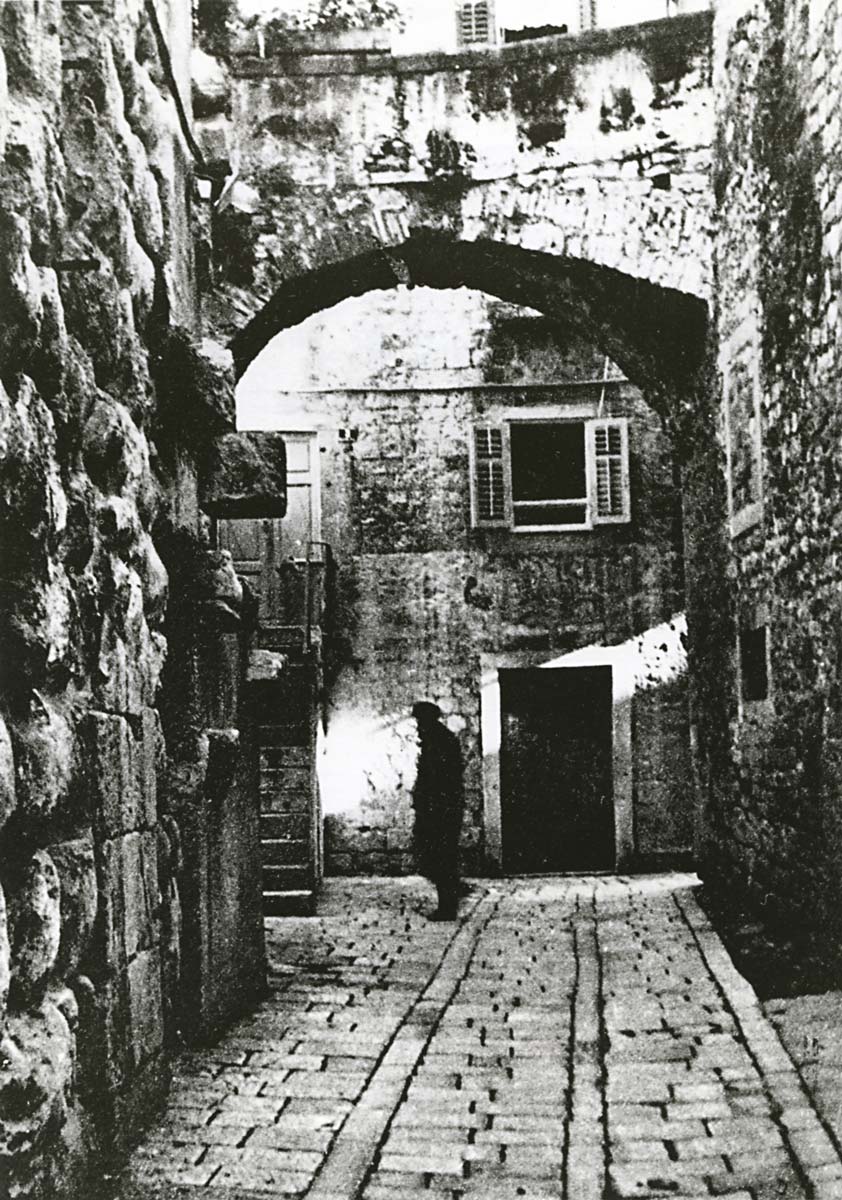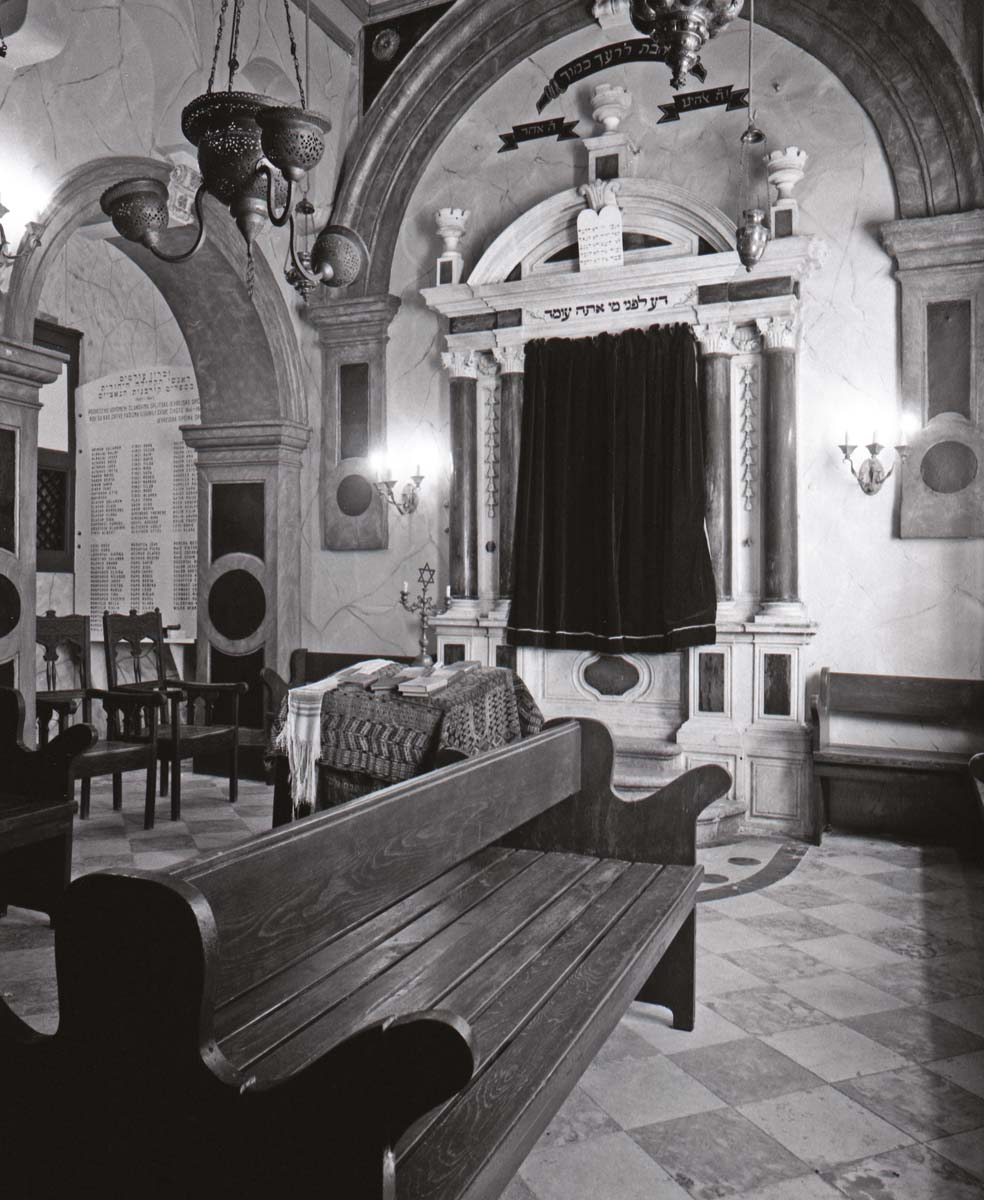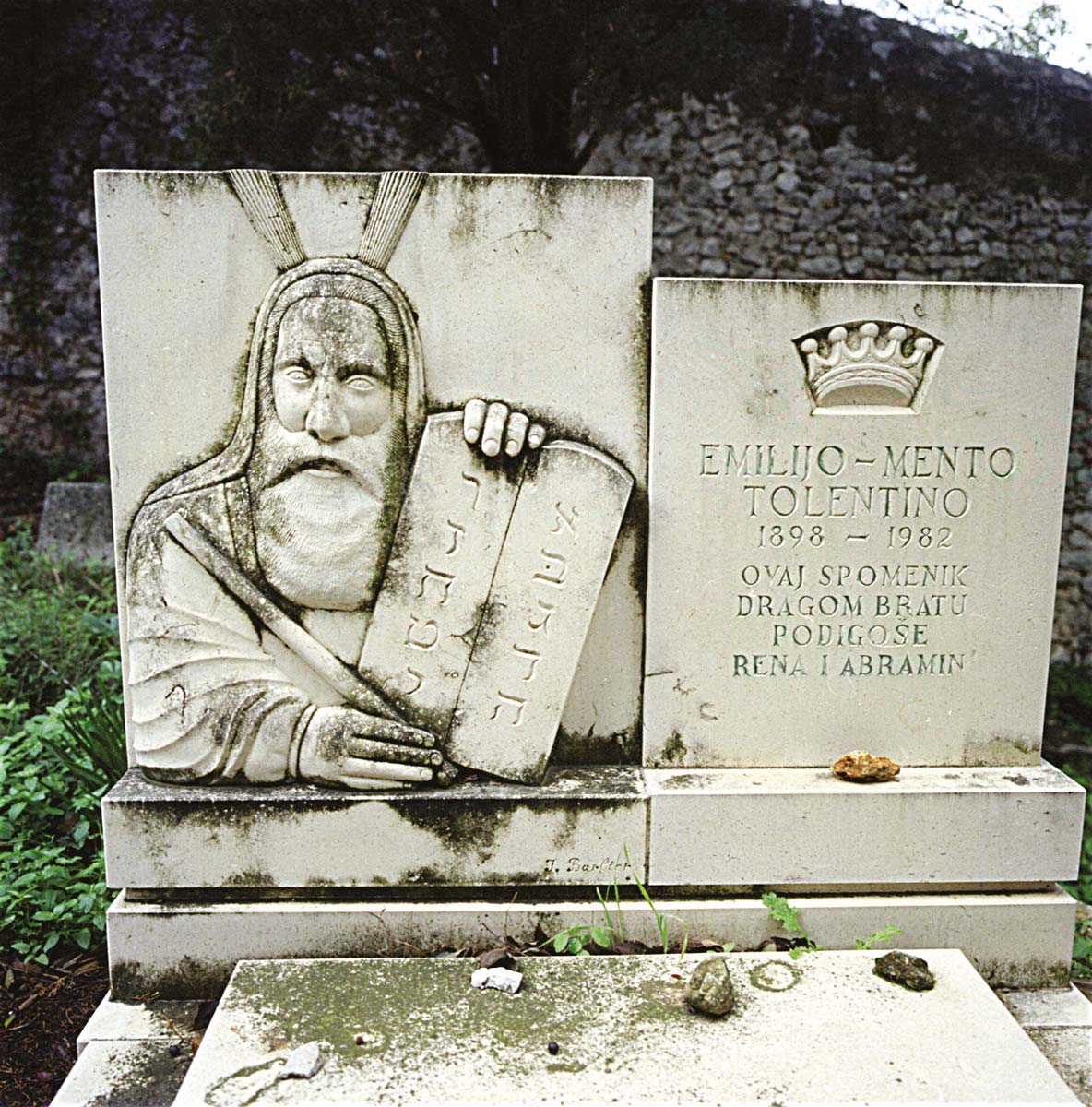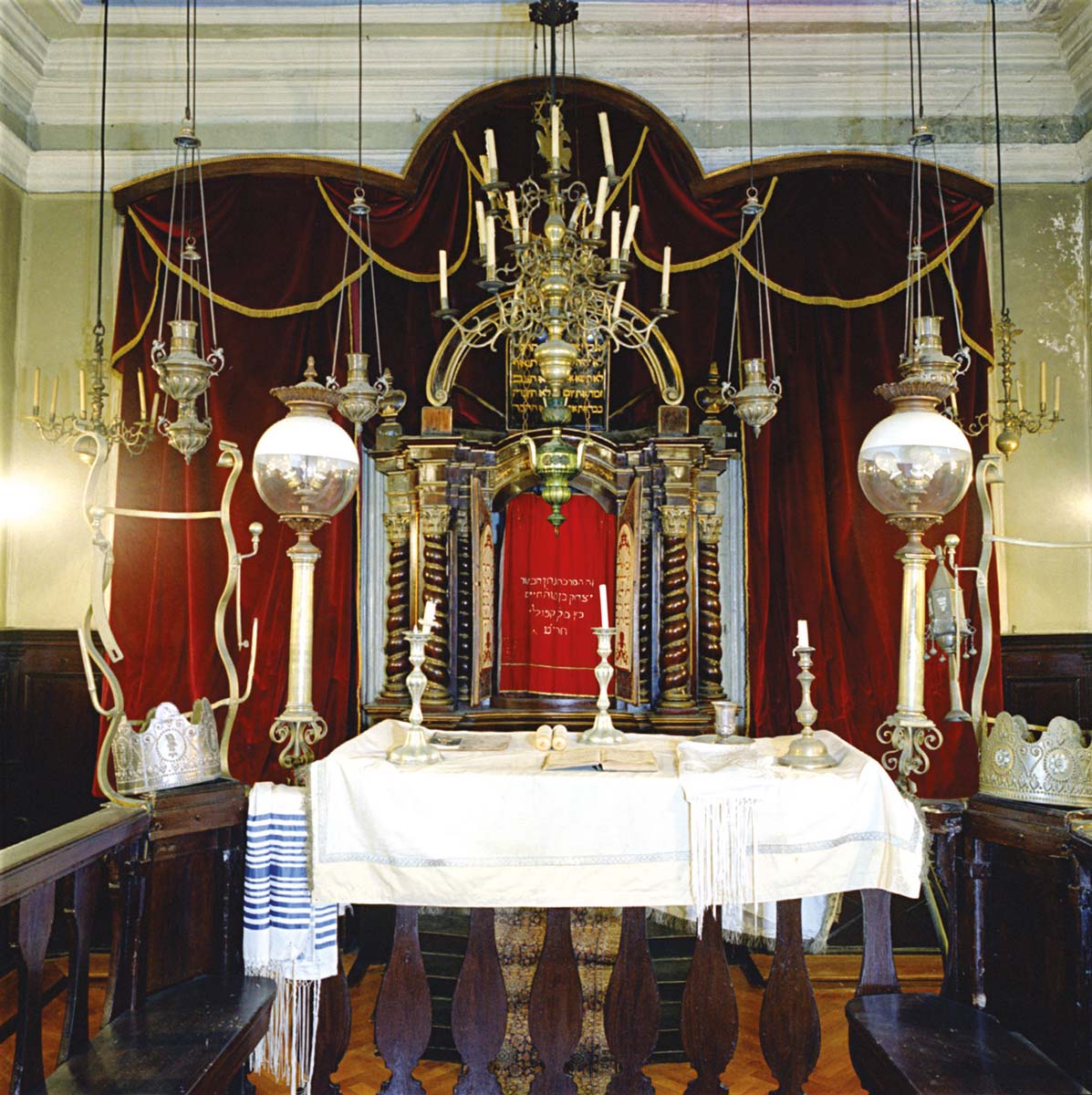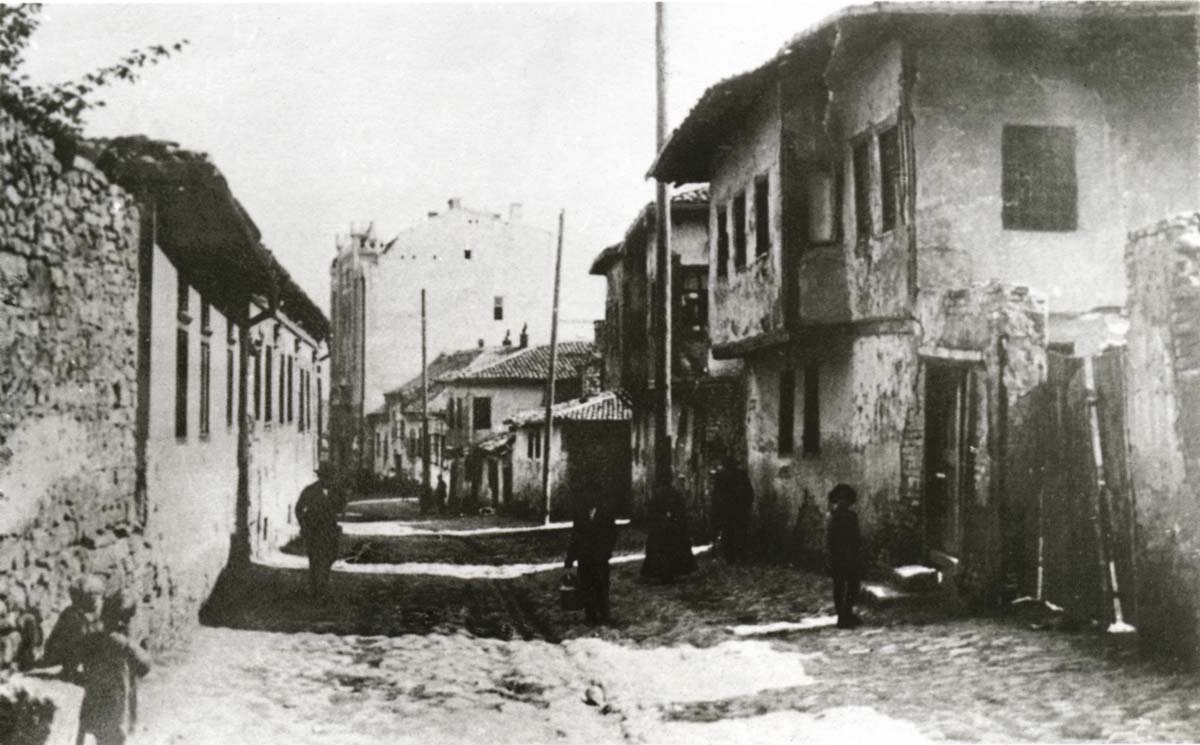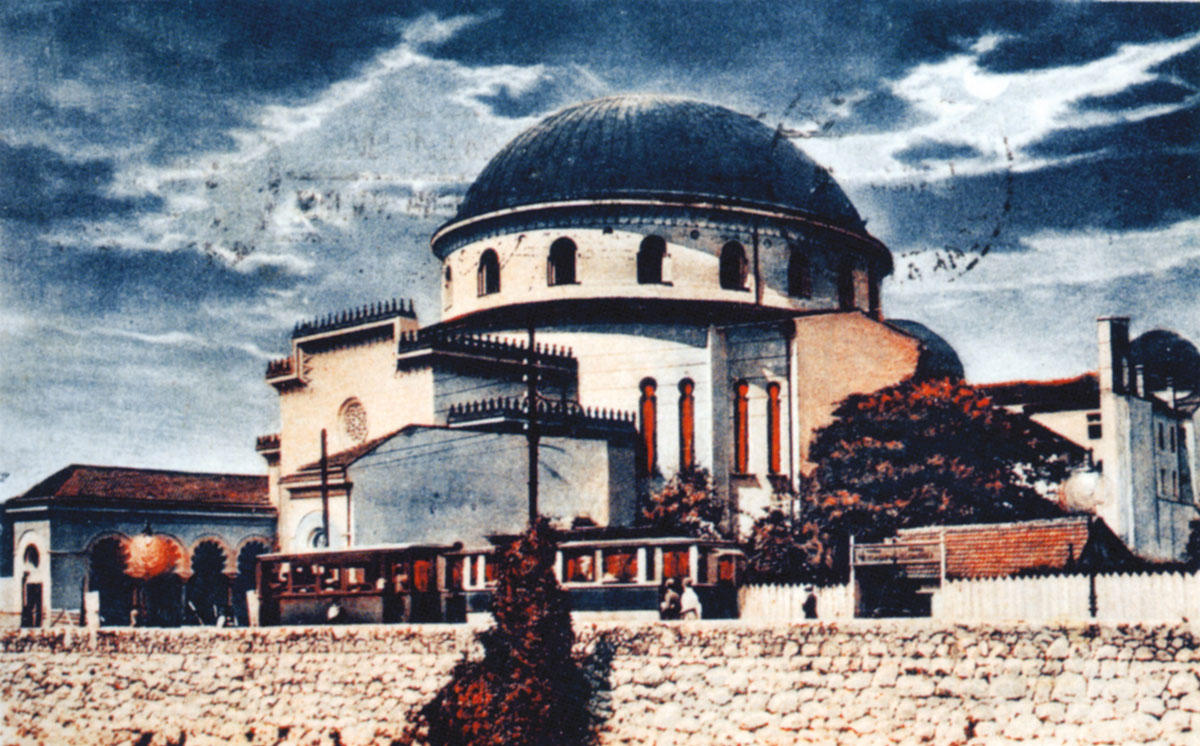Split
Dubrovnik
Belgrade
Belgrade’s first Sephardic Jews began arriving after the Ottoman conquest in the early 1500s. They settled in a section called Dorcol, which would become the Jewish quarter for hundreds of years.
The Austrian Empire extended all the way to Zemun, just on the other side of the Sava River, and it was mostly Ashkenazi Jews who settled there.
Monastir (Bitola)
Sarajevo
The first Ashkenazi, Germanspeaking Jews arrived in 1878, when Austria took Bosnia from a crumbling Ottoman Empire.
Sarajevo’s Jews fought and died for Austria-Hungary during the First World War; a few years later they were volunteering for service in the Royal Yugoslav Army. The majority of Sarajevo’s Jews were murdered in the Holocaust by both the Ustaše and the Waffen SS, with the German Wehrmacht also participating.
Explore more of our Sephardic Stories…
